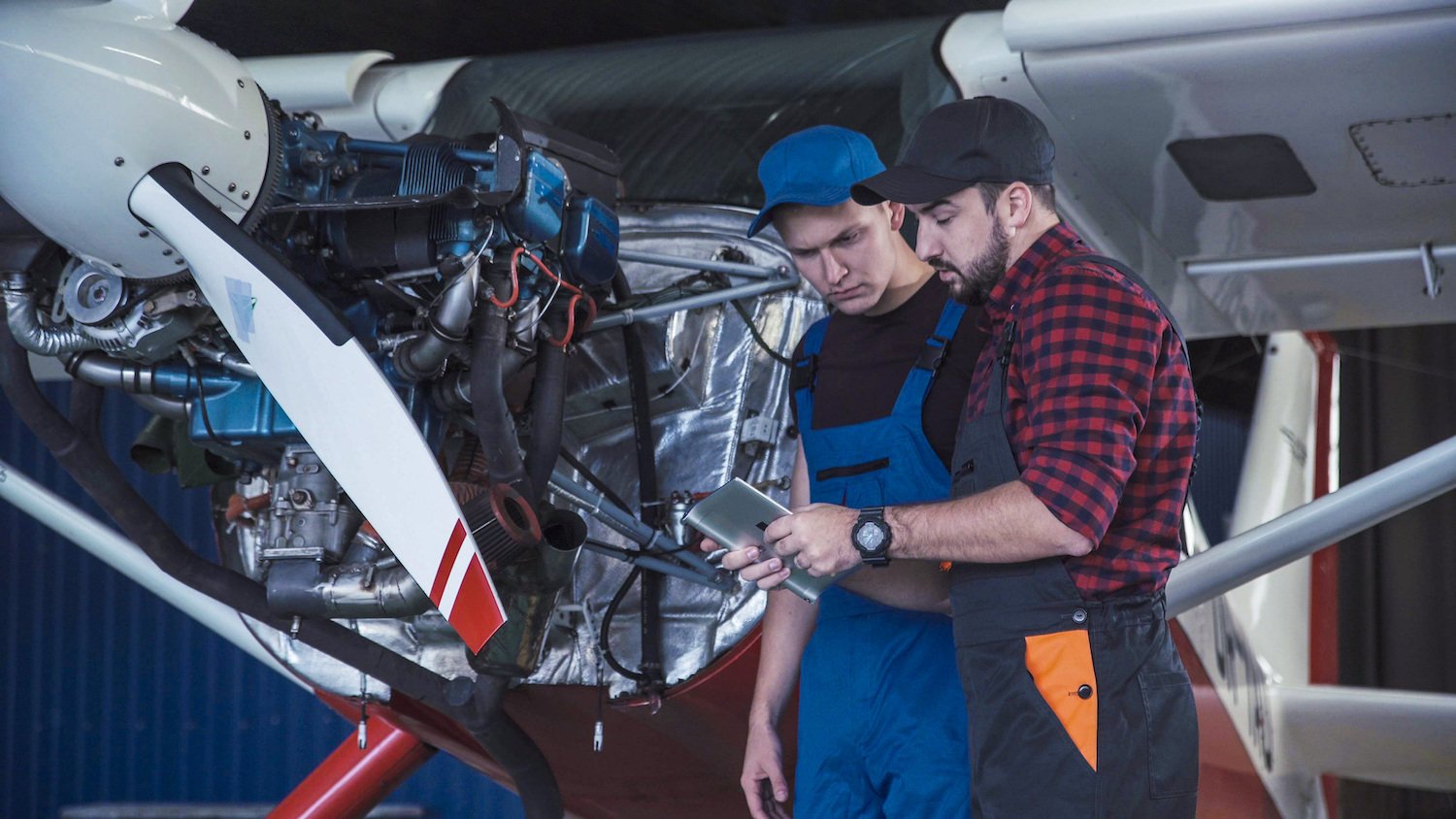3 min read
Best Practices to Acquire and Manage Aircraft Maintenance Information
Veryon : Jul 17, 2019 2:36:00 AM
For aircraft maintenance technicians, the complexities of managing information across multiple aircraft can be challenging, to say the least. In this article, we cover some of the key problems faced by maintenance technicians as well as outline some of the best practices many professionals and companies are using to drive greater accuracy and efficiency.
Common challenges faced by aircraft maintenance technicians
1. Acquiring technical publications
Getting the information from a manufacturer to perform a service can be a complex process. To prevent human errors it is very important to understand, identify, and acquire the resources required for a specific job in a timely fashion. When technicians require manuals, their first challenge is that they will have to look for information from many manufacturers, which offer their publications through different channels and in a variety of formats. Publications are not always available online, and they may need to wait for the delivery of a paper book or a CD. In fact, studies show that technicians spend half of their time looking for sources of information as opposed to researching information, making it a major issue when time-to-fix can be so critical.

2. Accessing and researching aircraft maintenance information.
Once technicians have been able to identify the right sources of information, it is critical that they have quick access to the publications to do their research, but often manuals are not easily available to them—they may need to spend some time searching for the manual or the person that may have it. Once mechanics have access to the maintenance manuals, they need to research specific information within them—which poses another major problem. Mechanics need to manage multiple logins and look through documents presented in different file and presentation formats. Accessing the data efficiently and accurately is crucial not only for the mechanic, but for engineering, quality, manufacturing, and management staff to perform their work.
3. Keeping information up to date.
The third major challenge is ensuring that the aircraft maintenance information on which mechanics are relying is up to date. Procedures are at the core of aviation maintenance, and following them reduces guesswork, which can lead to errors and jeopardize safety. After the technician has downloaded or purchased a publication, the information must be kept current with the manufacturer’s updates. It is essential that mechanics use the proper versions, and that regulatory information is also updated as necessary to ensure compliance and safety.

Best practices from leading aircraft maintenance technicians
There are several ways technicians and mechanics can overcome the challenges noted above to increase productivity and ensure compliance and safety. Here, we highlight four best practices from leading aircraft maintenance technicians.
1. Hire a full or part-time employee to acquire and manage technical publications.
Many companies have a dedicated person to acquire and manage technical publications. This has a cost, but such an investment does allow mechanics and technicians to concentrate on researching the information rather than looking for manuals and verifying currency. These resources act like librarians and can ensure that the maintenance technicians are always accessing the right information they need to be successful. Yet, this step alone will not be enough, because it does not guarantee overall compliance and safety.
2. Hire a quality assurance professional.
The next best practice would be to hire a Quality Assurance (QA) professional to ensure compliance and manage the publications for the technicians. This comes with yet an additional expense, but this role is essential because QA professionals can acquire and enforce regulatory information to make sure that technical publications and manuals are up to date. Hiring a QA professional will improve the quality and compliance of the libraries, and help improve safety. Nonetheless, mechanics will still need to sift through all the manuals and research each one of them individually.
3. Outsource functions to a third-party.
Outsourcing the management of technical publications to a third-party is another best practice, it can be quite effective and may be more efficient than hiring internal personnel. However, it is costly and like the other two options, it has its limitations. For example, the technician will still need to continuously spend time finding information within publications from multiple sources. Additionally, a third-party company may not update publications with optimal frequency.
4. Subscribe to a cloud-based information services platform.
This option provides the most benefits in terms of productivity, safety and cost. Most platforms come with a single login providing access to all the specific manuals that a shop or an MRO may need. These can include aircraft maintenance manuals, service bulletins, airworthiness directives, and other critical information from multiple sources in one convenient location.

Further, these platforms ensure that all manuals and information are current, and automatically updated, while the information is presented in an easy to use standardized format with a unified table of contents. Finally, advanced research capabilities on such a platform allow users to search across multiple publications to get the right answer in a timelier manner.
When the information is made available in a single source with a single sign-on platform there is no need to outsource or hire professionals. A cloud-based information service such as Veryon Publications acts as a library, acquiring publications and providing access tools to standardized information that is kept current



